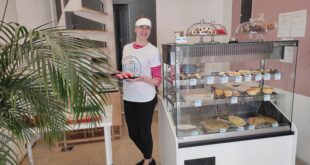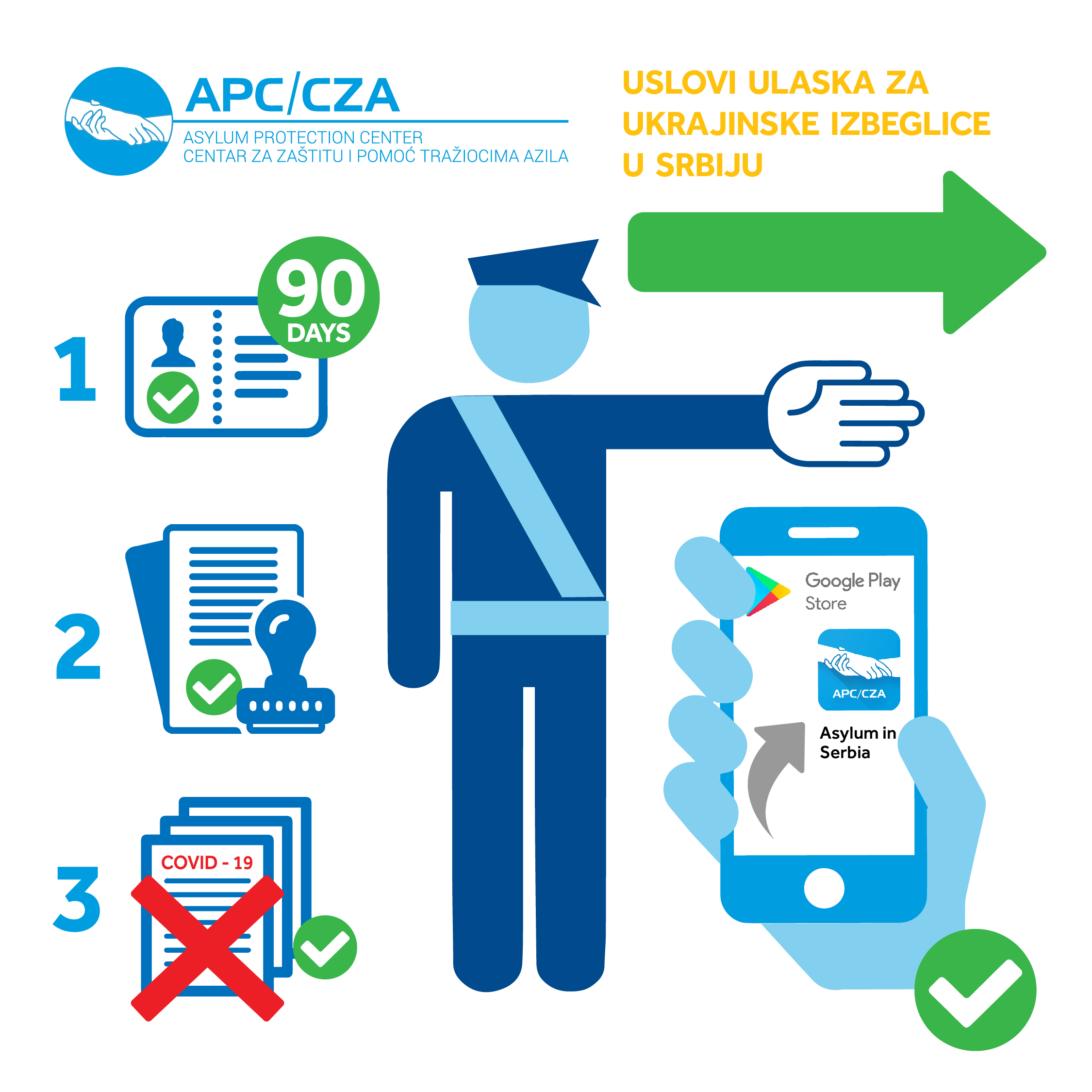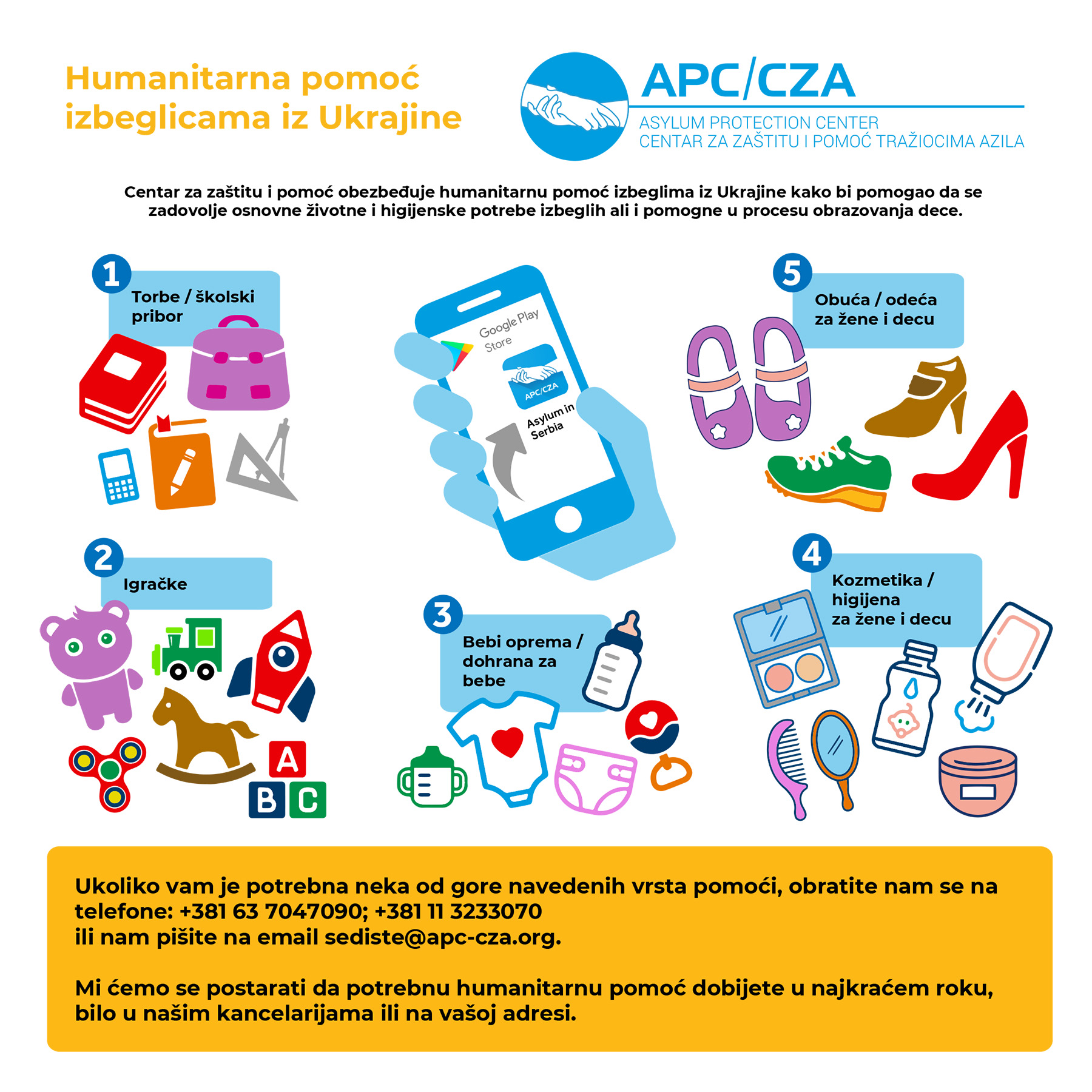Asylum seekers children and their peers from the neighboring school have the opportunity to get to know each other through creative workshops or so-called Asylum corner.
Asylum seekers are very sensitive social group. Children, whose number in Serbia was 700 only during the last year, are especially vulnerable. This is a story about a project in which children helping children.
Lajkovac is a municipality in western Serbia, with more than 15 000 inhabitants. This municipality has been in the spotlight in the last few months because of Bogovadja village, in which is placed one of the centers for asylum seekers. This led to protests, but the Youth Club sends another message.
This club, in a collaboration with the Asylum Protection Center, local primary school ‘Mile Dubljevic’ and Cultural Centre ‘Hadzi Ruvim’, and all with the support of the municipality, visit special guests twice a month.
Asylum seekers children and their peers from the neighboring school have the opportunity to get to know each other through creative workshops or so-called Asylum corner. Without prejudice. And are looking forward to a new meeting. Dali (13), an asylum seeker from Eritrea, is in Bogovadja only two weeks.
New friends
“I like it here. It is nice. I met new friends. We left the country three years ago, because of the war. People in my country do not live well”, said Dali.
“Sometimes I imagine, it’s really difficult for them, they do not have their own home and can not enjoy childhood, and somehow … somehow I can not imagine what would I do in their place, because, again, we all live here freely, and they are in much harder position than us”, said Teodora (13) from Lajkovca.
In the Asylum Protection Center, which is implementing the project “Asylum corner” for two years, point out a difficult situation of asylum seekers, especially children. Although asylum seekers children make the most sensitive group, about their position is spoken very rarely.
Sensitive position
“They are in a particularly vulnerable position as they pass through all these sort of experiences of travel and deportation, moving on foot through the forest, life in the asylum camps, surviving puberty in the asylum camps … So, some experiences that no one would choose, and we are trying to be very careful in work with them, to follow the extent to which it is necessary to work out some issues”, said Jovana Vincic from the Asylum Protection Center.
In a small community like Lajkovac there are also topics for elaboration for the local children. It was one of the reasons why the Elementary School “Mile Dubljevic”, through the subject of civic education, get involved in the project.
“I think it is extremely important that children in this way actually understand who are asylum seekers, how they can assist, that they can understand in which situation other children are, and that they live differently from them”, says Stanica Milosevic from the Elementary School “Mile Dubljevic”.
According to the Asylum Protection Center, a little more than 5 000 asylum seekers – mostly from Syria, Eritrea, Somalia and Afghanistan, have been registered in Serbia just in 2013. Among them, even 768 children, of whom nearly 600 were unaccompanied.
 AzilSrbija AzilSrbija
AzilSrbija AzilSrbija




